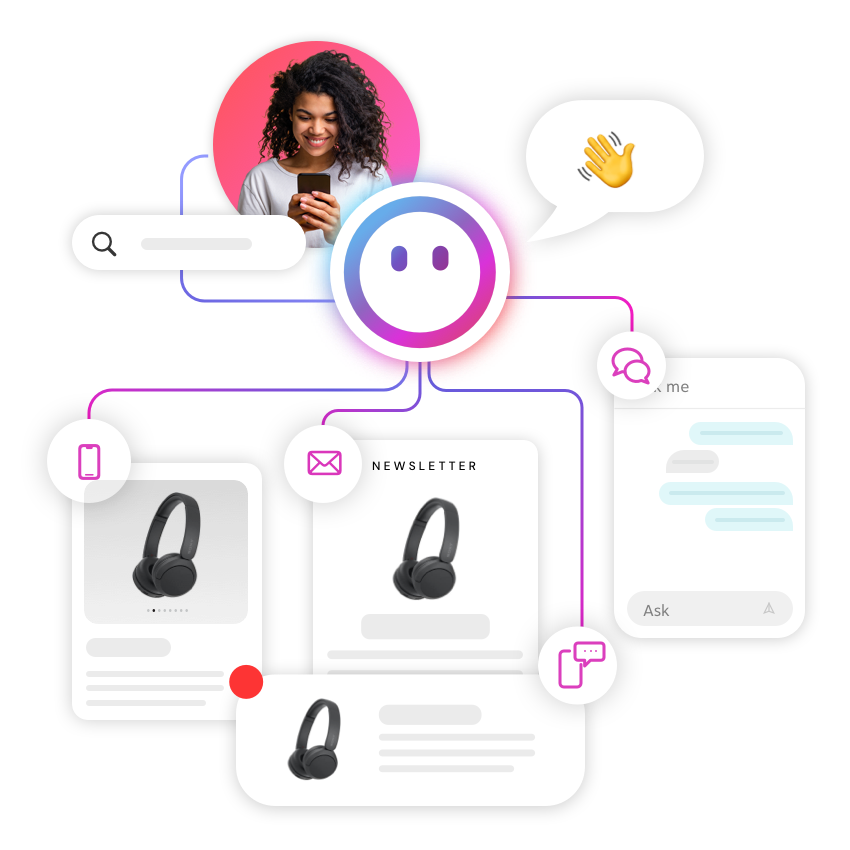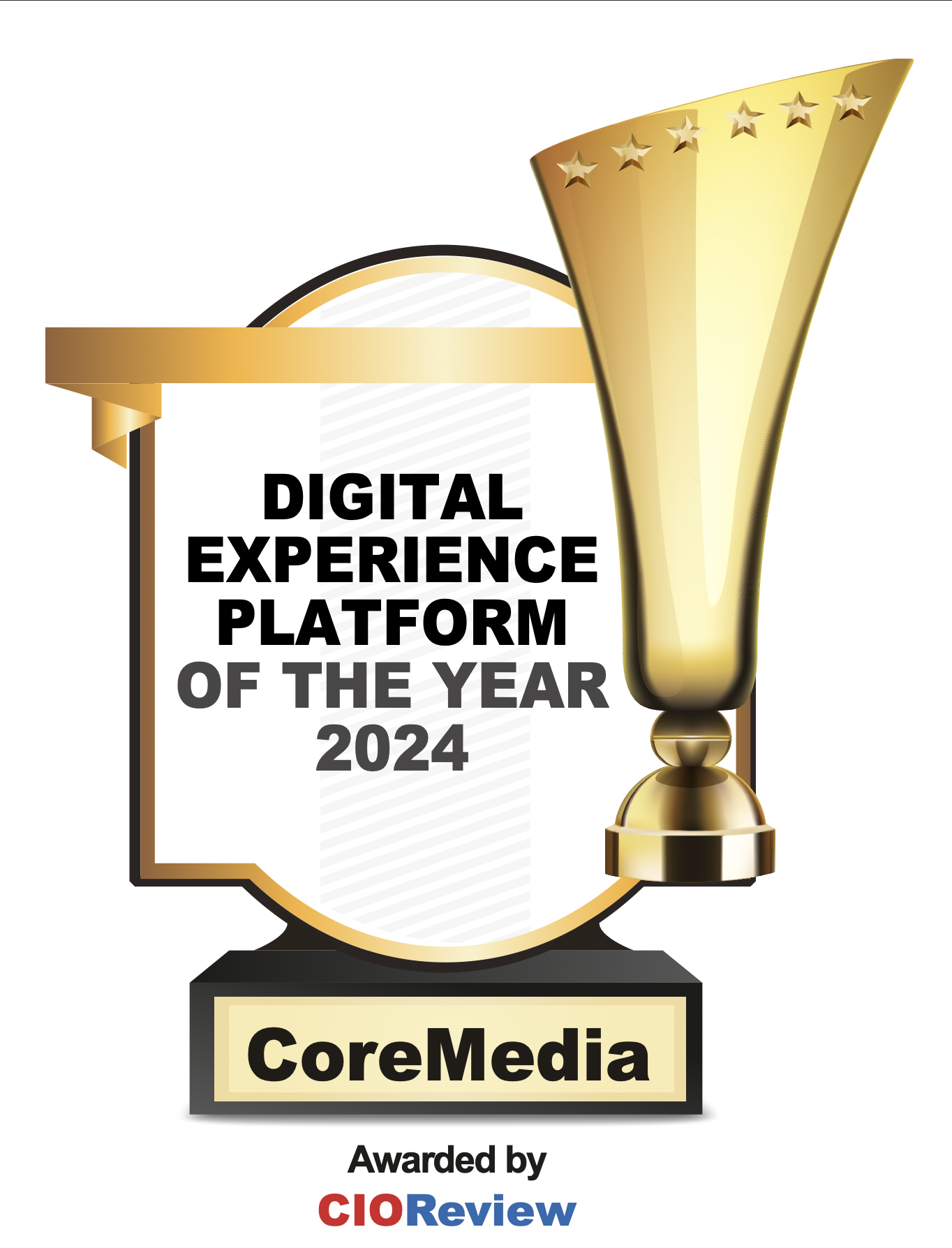As technology continues to evolve, so too does software. From cloud computing to AI-driven automation, new technologies are revolutionizing the way businesses operate. Today, we’ll take a look at four predictions for the future of software in 2023 and explore how they could potentially change the way we do business in the year ahead and beyond.
1. AI-Driven Automation
AI is set to be a major force in software development by 2023, and its impact will be felt across all industries. Powerful machine learning algorithms will be able to autonomously identify patterns and react accordingly—essentially automating mundane tasks that used to require manual input from a human operator. AI-generated content is already making headlines, with digital assistants like Open AI’s ChatGPT dominating news in the technology sector since its November 2022 debut. Tech investors have focused heavily on generative AI startups, and are already making billion dollar investments. Businesses should start preparing now for this upcoming shift in technology by investing in AI-driven automation solutions and training their teams on how best to use them.
2. Cloud Computing
Cloud computing has already revolutionized the way businesses store data, allowing companies of any size to access powerful services without needing their own physical servers or hardware infrastructure. This year, cloud computing is expected to become even more integral as companies move away from on-premise solutions and embrace the flexibility and scalability of cloud-based services instead. Gartner forecasts that throughout 2023, public cloud spending globally will increase over 20%, to reach nearly $600 Billion.
3. Open Source Solutions
Open source solutions are becoming increasingly popular due to their cost efficiency and ability to be customized according to an organization’s specific needs By 2023, open source solutions are expected to become ubiquitous across all industries, with companies looking for support on mission-critical functions such as customer relationship management (CRM) systems and enterprise resource planning (ERP) solutions—with varying results, especially in terms of comfortably meeting industry standards for security and reliability.
4. Improved Security Protocols:
With hackers becoming increasingly sophisticated in their attacks, organizations need reliable security protocols that can protect sensitive data without disrupting business operations or hindering user experience. Gartner predicts that by 2025, at least 45% of all organizations around the world will have experienced cyberattacks on their tech stack, up 300% from 2021. By 2023, expect improved security protocols such as two-factor authentication (2FA) and biometric authentication tools, like facial recognition or fingerprint scans, to become commonplace within most organizations’ software solutions. As software becomes more complex and interconnected, security concerns will become increasingly critical for businesses to address if they want to remain competitive in 2023 and beyond.
The future of software looks extremely dynamic. By 2023, expect AI-driven automation, cloud computing solutions, open source solutions, and improved security protocols to dominate the industry landscape—allowing businesses of all sizes greater control over their operations while also providing customers with an enhanced user experience. As technology continues to evolve at breakneck speed, staying ahead of the curve is essential for any organization looking forward into 2023 and beyond.
Image: Pexels - Rakicevic Nenad








